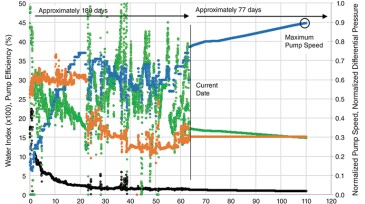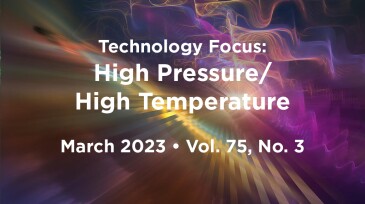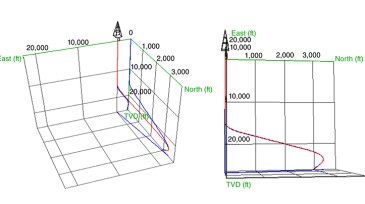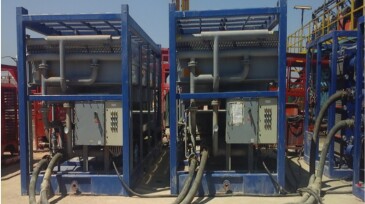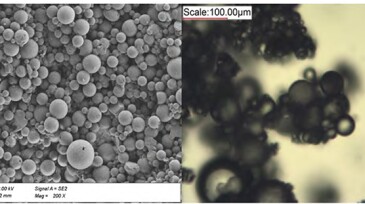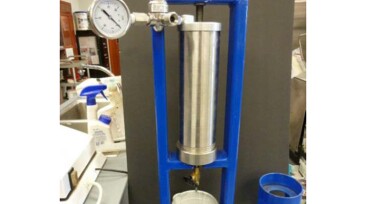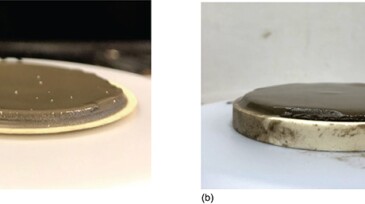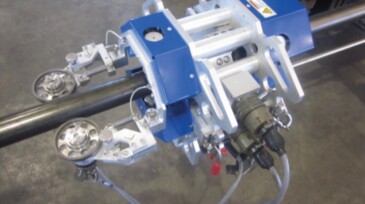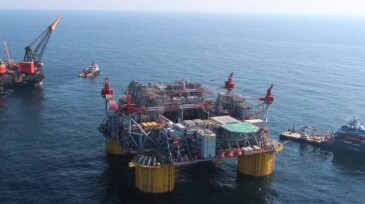HP/HT
-
This paper presents a proposed condition indicator that estimates the wear experienced by an all-metal progressing cavity pump at any point in operation and takes into consideration the effects of downhole operating conditions.
-
The array of papers received for review this year covers a wide spectrum, both in applications and research, which indicates that the exploration and production industry is actively working to monetize high-pressure/high-temperature reservoirs.
-
This paper describes an openhole wireline-logging operation in a deepwater Gulf of Mexico well in a high-pressure/high-temperature slimhole environment using water-based reservoir drilling fluid.
-
The paper presents predicted vs. measured wear for six wells in the Culzean field, a high-pressure/high-temperature gas condensate field in the central North Sea.
-
This paper reviews the successful application of a mud-cooling and managed-pressure-drilling system in a high-pressure/high-temperature well to explore the potential of a Mesozoic carbonate platform in the Nile Delta of Egypt.
-
In this paper, β-cyclodextrin polymer microspheres, generally used for drug release and wastewater treatment, are evaluated as an environmentally friendly ultrahigh-temperature filtration reducer.
-
This paper describes the qualification and first deepwater drilling application of a novel aqueous reservoir drilling fluid at temperatures greater than 320°F.
-
This paper describes a high-density high-pressure/high-temperature brine-based drilling fluid that provides long-term stability and solids-suspension properties for extended periods of time.
-
The authors describe the applicability of 110,000-psi yield-strength quench-and-tempered coiled tubing strings in high-pressure sour environments through implementation of a custom-fit coiled tubing integrity and risk-mitigation program.
-
The Bureau of Safety and Environmental Enforcement is proposing regulations that would improve operational safety, human health, and environmental protections offshore, while providing clarity to industry regarding the bureau's review of projects proposing to use new or unusual technology, including equipment used in high-pressure/high-temperature environments.

